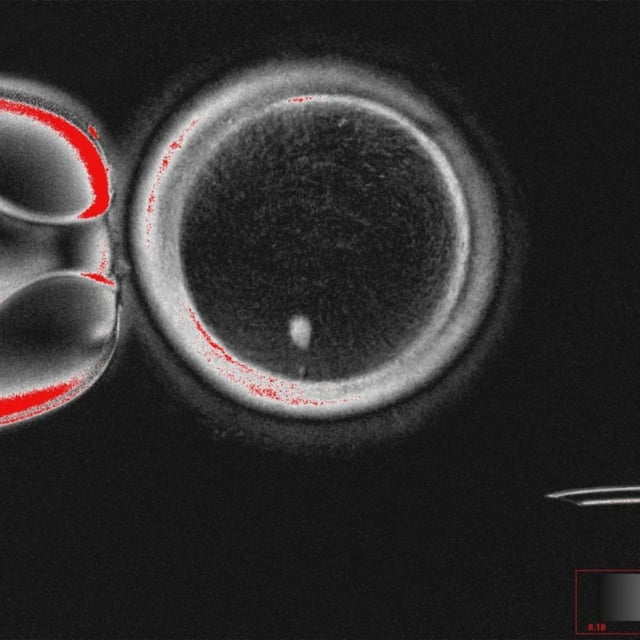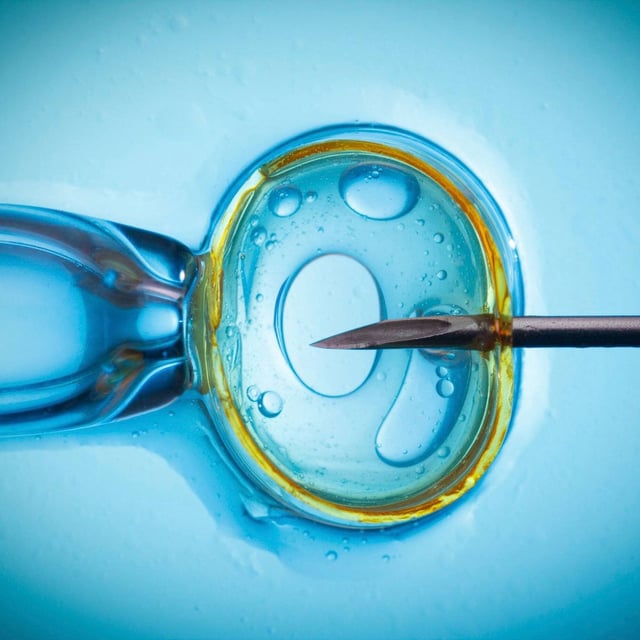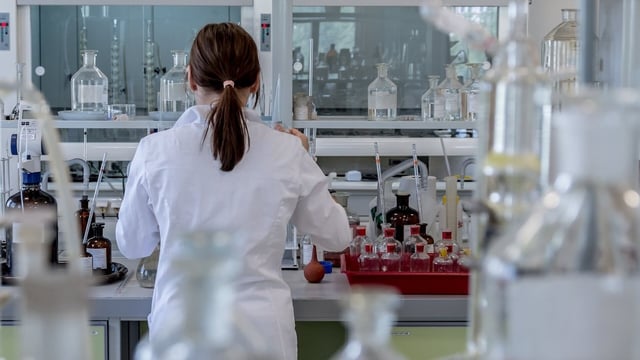Overview
- Shoukhrat Mitalipov’s team at Oregon Health & Science University reported the results in Nature Communications as the first use of human DNA in this laboratory procedure.
- The method used somatic cell nuclear transfer to place skin-cell nuclei into enucleated donor oocytes, then induced chromosome halving to produce egg-like cells before IVF with sperm.
- Researchers generated 82 reconstructed oocytes, of which 8.8% reached the blastocyst stage by day six, with development halted per protocol.
- Analyses found pervasive chromosomal errors, mosaicism, absence of meiotic recombination, and unresolved epigenetic reprogramming questions.
- The authors and outside experts said potential future uses could include treating infertility or enabling genetically related children for same-sex couples, yet clinical application remains years away.



